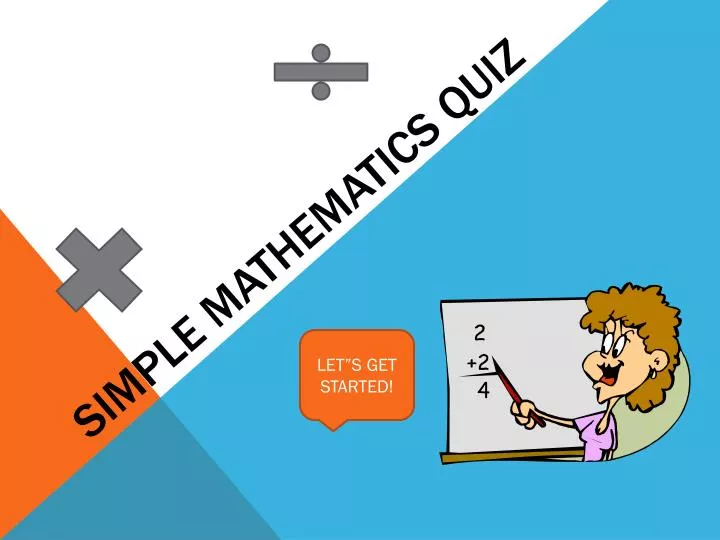

Policy experts were asked to rate the probability that the Soviet Union would invade Poland, and the United States would break off diplomatic relations, all in the following year. There was also a similar problem about a man named Bill (a good fit for the stereotype of an accountant - "intelligent, but unimaginative, compulsive, and generally lifeless" - but not a good fit for the stereotype of a jazz player), and two problems where participants were asked to make predictions for events that could occur in 1981. The original report by Tversky & Kahneman (later republished as a book chapter ) described four problems that elicited the conjunction fallacy, including the Linda problem. While the Linda problem is the best-known example, researchers have developed dozens of problems that reliably elicit the conjunction fallacy. In separate evaluation, the term conjunction effect may be preferred. Separate evaluation experiments preceded the earliest joint evaluation experiments, and Kahneman and Tversky were surprised when the effect was observed even under joint evaluation. In this type of demonstration, different groups of subjects still rank-order Linda as a bank teller and active in the feminist movement more highly than Linda as a bank teller. In other words, one group of participants is asked to rank-order the likelihood that Linda is a bank teller, a high school teacher, and several other options, and another group is asked to rank-order whether Linda is a bank teller and active in the feminist movement versus the same set of options (without "Linda is a bank teller" as an option). In some experimental demonstrations, the conjoint option is evaluated separately from its basic option.

This distinction is important because a reasoner could make these errors without necessarily having a bias towards making such errors in general, just as people can make bets with good expected value in general and still lose money on particular bets. Rating a conjunction of two events as more likely than one of the events alone is an example of a conjunction error the human tendency to do this in general is known as the conjunction fallacy. More recently Kahneman has argued that the conjunction fallacy is a type of extension neglect. In this way it could be similar to the misleading vividness or slippery slope fallacies. In other demonstrations, they argued that a specific scenario seemed more likely because of representativeness, but each added detail would actually make the scenario less and less likely. Tversky and Kahneman argue that most people get this problem wrong because they use a heuristic (an easily calculated) procedure called representativeness to make this kind of judgment: Option 2 seems more "representative" of Linda from the description of her, even though it is clearly mathematically less likely. įor example, even choosing a very low probability of Linda's being a bank teller, say Pr(Linda is a bank teller) = 0.05 and a high probability that she would be a feminist, say Pr(Linda is a feminist) = 0.95, then, assuming these two facts are independent of each other, Pr(Linda is a bank teller and Linda is a feminist) = 0.05 × 0.95 or 0.0475, lower than Pr(Linda is a bank teller). However, the probability of two events occurring together (that is, in conjunction) is always less than or equal to the probability of either one occurring alone-formally, for two events A and B this inequality could be written as Pr ( A ∧ B ) ≤ Pr ( A ). The majority of those asked chose option 2. Linda is a bank teller and is active in the feminist movement.As a student, she was deeply concerned with issues of discrimination and social justice, and also participated in anti-nuclear demonstrations. Linda is 31 years old, single, outspoken, and very bright. The most often-cited example of this fallacy originated with Amos Tversky and Daniel Kahneman. I am particularly fond of this example because I know that the statement is least probable, yet a little homunculus in my head continues to jump up and down, shouting at me-"but she can't just be a bank teller read the description."


 0 kommentar(er)
0 kommentar(er)
